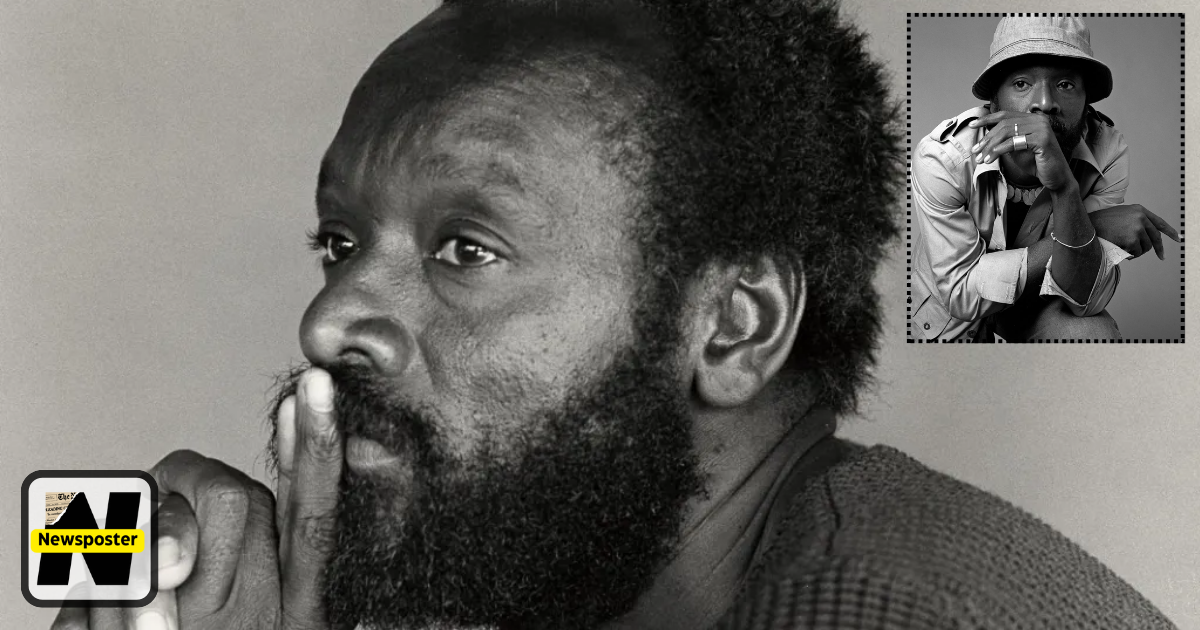Raymond Saunders, a Bay Area artist who challenged the art world’s habit of defining Black artists solely by race while still engaging with racial themes in his work, died on July 19 in Oakland, California. He was 90 years old. Saunders passed away in a hospital after aspirating food and developing pneumonia, according to his nephew Frank Saunders. His death came shortly after the close of his first major museum retrospective in his hometown of Pittsburgh.
Known for his independence from artistic movements, Saunders famously published a 1967 pamphlet titled “Black Is a Color,” rejecting the idea that Black artists should conform to collective social or political goals. He sought recognition as an American artist rather than be confined by racial labels. His paintings often featured deep black backgrounds layered with chalk notations and collage elements, combining subtle explorations of identity with a refined, almost minimalist style. After decades of underrecognition, his work gained renewed attention in recent years through gallery shows in New York and a retrospective at Pittsburgh’s Carnegie Museum of Art.
Saunders lived most of his life in Oakland, where he taught painting at California College of the Arts from 1987 until 2013. He was known as a private figure who rarely discussed his personal life or the meanings behind his art. Born in 1934 in Homestead, Pennsylvania, Saunders overcame early hardships, including growing up in public housing and losing knowledge of his father’s identity. He studied at the Pennsylvania Academy of the Fine Arts and Carnegie Institute of Technology before moving to New York and then California. His influence extended to younger artists like Jean-Michel Basquiat, who admired Saunders’s style and sought his mentorship. Despite their shared approaches to art, Saunders remained reserved about their connection, often deflecting conversations about Basquiat’s impact.











